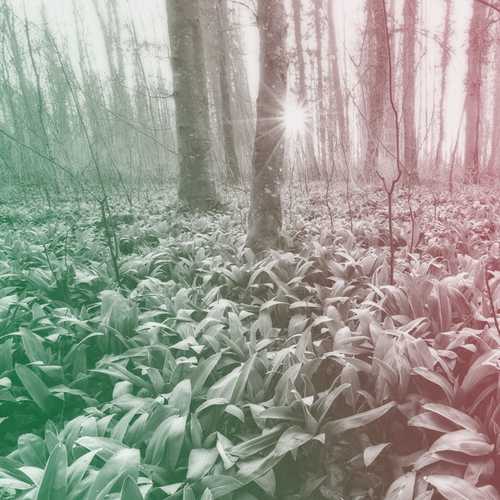
Foraging can be a wonderful way to engage with the natural world – an important step in achieving a more sustainable and ethical lifestyle. It’s also a great exercise where the amount of energy spent in an hour can be as much as an hour of running.
Crucial to humans since our earliest days, foraging was not only a key component of hunter-gatherers’ lives in finding wild food resources but also crucial for subsistence farmers. Even long after large-scale agriculture became the primary means of Western food production, it was still common to supplement an agricultural diet with wild food foraged from the surrounding environment.
Recognising and collecting wild foods or gathering of plants subsequently became suppressed by the convenience of supermarkets, as global supply chains flourished. Local, small-scale foraging practices were largely replaced by shopping trips. Able to choose produce from all over the world, consumers became disconnected from the seasons, and from the wild food that could be found all around them. 🍒
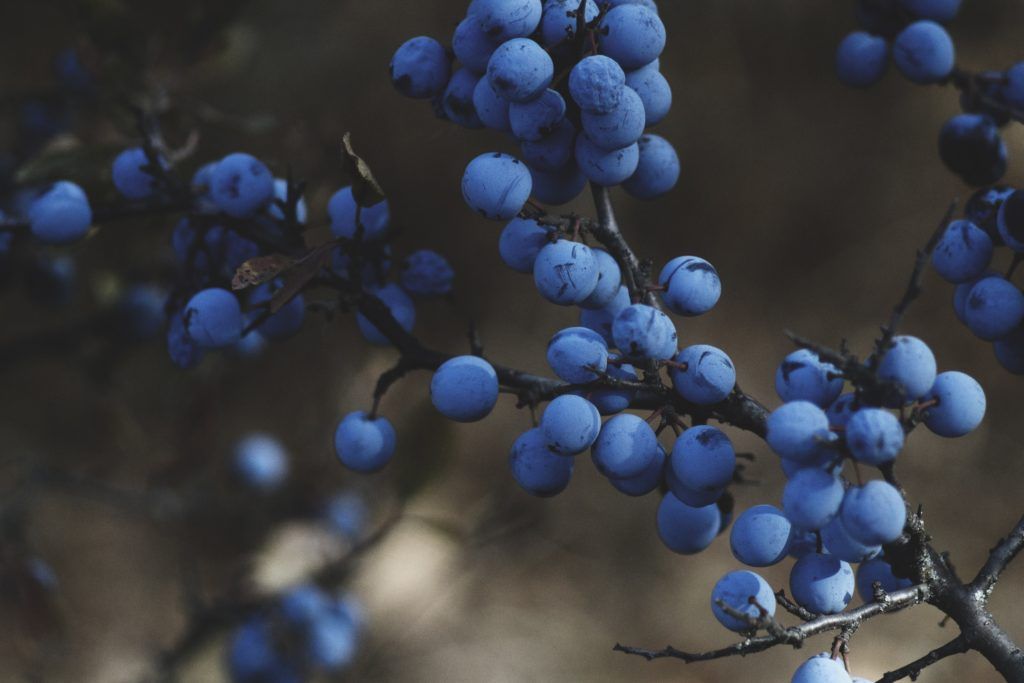
But interest in foraging is on the rise; people are once more recognising the importance of eating local, sustainable, seasonal food. Eating sustainably often involves growing at least some of your own food (or at least sourcing it from local, organic producers), but supplementing this with foraged wild produce is another important component to an ethical diet.
Foraging is easier than you might imagine: there is a huge range of wild foods, many of them right on your doorstep. Whether you live in a city or more rural location, you can find plenty of wild foods to augment your diet. You can even form your own foraging party and socialize while you forage.
Safety Tips for Foraging
Before deciding to take up foraging, it is important to acknowledge certain safety considerations.
👉 Firstly, though it may sound obvious: never eat anything that you cannot identify with reasonable certainty. There are many edible wild foods around us – but there are also numerous poisonous species that can be harmful if accidentally ingested.
In this article, we will explore some of the most easily identified wild foods; a solid starting point if you are new to foraging. If deciding to specialise further, be sure to head out with an expert forager – or at the very least ensure you have consulted reputable books, or other resources, to help with identification.
👉 Also bear in mind that wild foods can be polluted by human activity. It is therefore best to forage in areas as sparsely populated as possible, and which are not too close to industry, busy roads, or other sources of human pollution. These areas aside, this contamination is negligible by comparison to the chemicals sprayed over any non-organic shop-bought produce. These pesticides and herbicides can be far more detrimental to human health.
Of course, common sense is crucial when foraging. Gloves (and long sleeves) can help protect from thorns and prickles, stinging plants like nettles, or from plants that can cause allergic reactions or photosensitivity. Giant hogweed, for example, can be dangerous to foragers, since its sap is phototoxic and can cause blistering and scars. 🧤
If foraging in a wild environment (especially along the coast), also make sure you are aware of your surroundings, and take the weather and tide times into account.
Sustainable Foraging
🔔 In addition to considering your own safety when foraging, it is also important to take a long-term view: sustainable foraging means remembering that you are not the only creature which may wish to make use of a given resource. For example, wild berries play an important role in birds’ diets.
Whatever you take, leave plenty for other people, and for local wildlife which may rely on these wild foods for their survival. Never dig up plants and remove them entirely (which is also illegal in certain locations). Rather, harvest from perennial plants, leaving them able to grow on and continue to produce their edible yield for years to come. Try to disturb the surrounding ecosystem as little as possible, so you (and others) can continue to benefit from its wild yields in future.
Where to Forage
A wide range of environments can be foraged:
- Your own garden
- Hedgerows or verges close to home
- Certain public parks or other common land or municipal areas
- Public byways through farms or agricultural land
- Woodlands or forests.
- Coastlines.
👉 It is important to remember that if you plan to forage on private land, you must ask permission before doing so. Different laws and local statutes apply in different areas, so if in doubt about foraging in a particular location, it is usually best to ask before doing so.
Most nature reserves allow responsible foraging (for personal, not commercial use). The same is usually true of National Trust properties. However, it is important to check the rules of the site in question.
If rules are not stated for a particular piece of land, in England you will generally be bound by the Countryside Act of 1981. In Scotland, follow the guidance of the Scottish Outdoor Access Code; the Scottish Wild Mushroom Code also provides information on foraging for wild fungi responsibly.
When to Forage
Foraging is an activity that can be enjoyed at any time of year, though in winter yields will be much lower. Generally speaking, spring and late summer/early autumn are the peak foraging times, when the widest variety of wild foods will be available, and at their best.
Since spring arrives earlier in the south than the north, the best time to forage will depend on your location. It will also depend on the type of habitat being foraged, and what you are hoping to obtain. Edible herbaceous plants and leafy greens are often at their best in the spring, for example; fruits and berries ripen in summer and autumn; and the widest variety of fungi are available in autumn months.
Foraging for Common Edible Weeds and Wild Plants
One of the easiest ways to begin foraging is by learning to identify common edible weeds. The word “weed” itself defines these plants as undesirable – but they can be surprisingly useful, nutritious, and even delicious! Here are some common weeds that can be eaten:
Stinging Nettles (Urtica dioica)
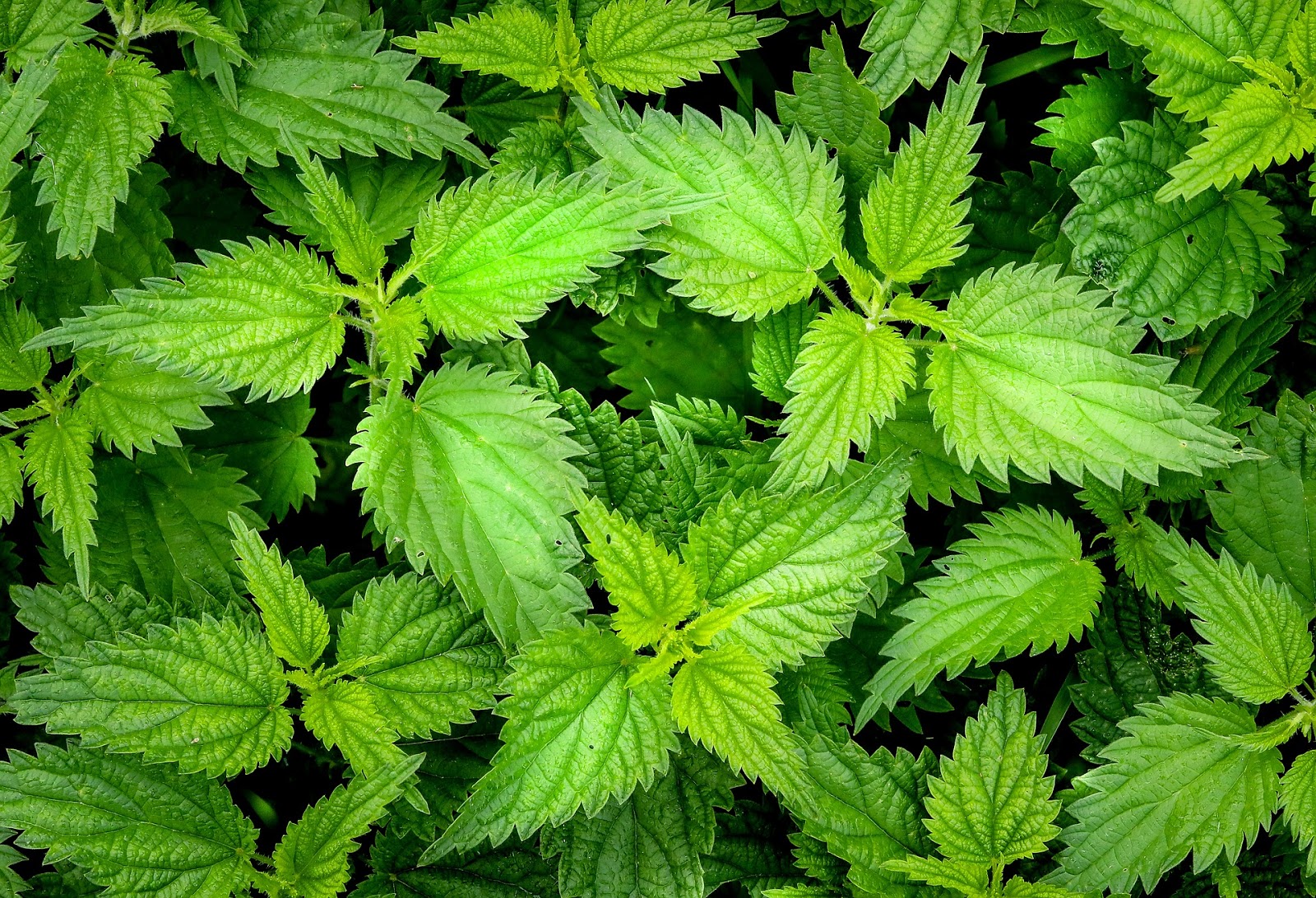
Wear gloves to harvest nettles, then wash and boil them to remove their sting, before using them in a wide range of recipes, similarly to spinach. Cooked nettles have a pleasant, subtly sweet taste, with the top five leaves or so of young springtime nettles tasting best.
Dandelions (Taraxacum officinale)
Dandelions are also a common weed with a range of culinary uses: the leaves of young plants make an excellent, bitter addition to mixed salads, while the flower buds can be used as a caper substitute, and the flowers to make fritters. You can even use the roots as a coffee substitute.
Plantain (Plantago major)
Not to be confused with the banana-like tropical fruit, plantain the weed is another common sight in gardens and on common land. Though the large leaves of Plantago major can become rather tough as the season progresses, leaves young and old can be boiled in much the same way as cabbage or kale and added to a wide range of recipes.
Stickyweed (Galium aparine)
You may be familiar with this weed’s sticky stems, leaves, and small seed balls, all of which can attach themselves to clothing or hair later in the year. Once the plants develop their clinging hooked hairs, it can even be used to sieve particles out of water when spending time in the great outdoors. In the spring, the young plants are tender and soft, and delicious, raw, in salads, and as a general purpose green.
Ground Elder (Aegopodium podagraria)
Ground elder can be a particularly difficult weed to eradicate from your garden, since it self-seeds readily, spreads under the soil, and will regrow from even the smallest root sections. But this problem can be turned into an opportunity: use the young spring shoots in moderation in stir fries and other lightly cooked recipes to enjoy their mild celery-like flavour.
Chickweed (Stellaria media)
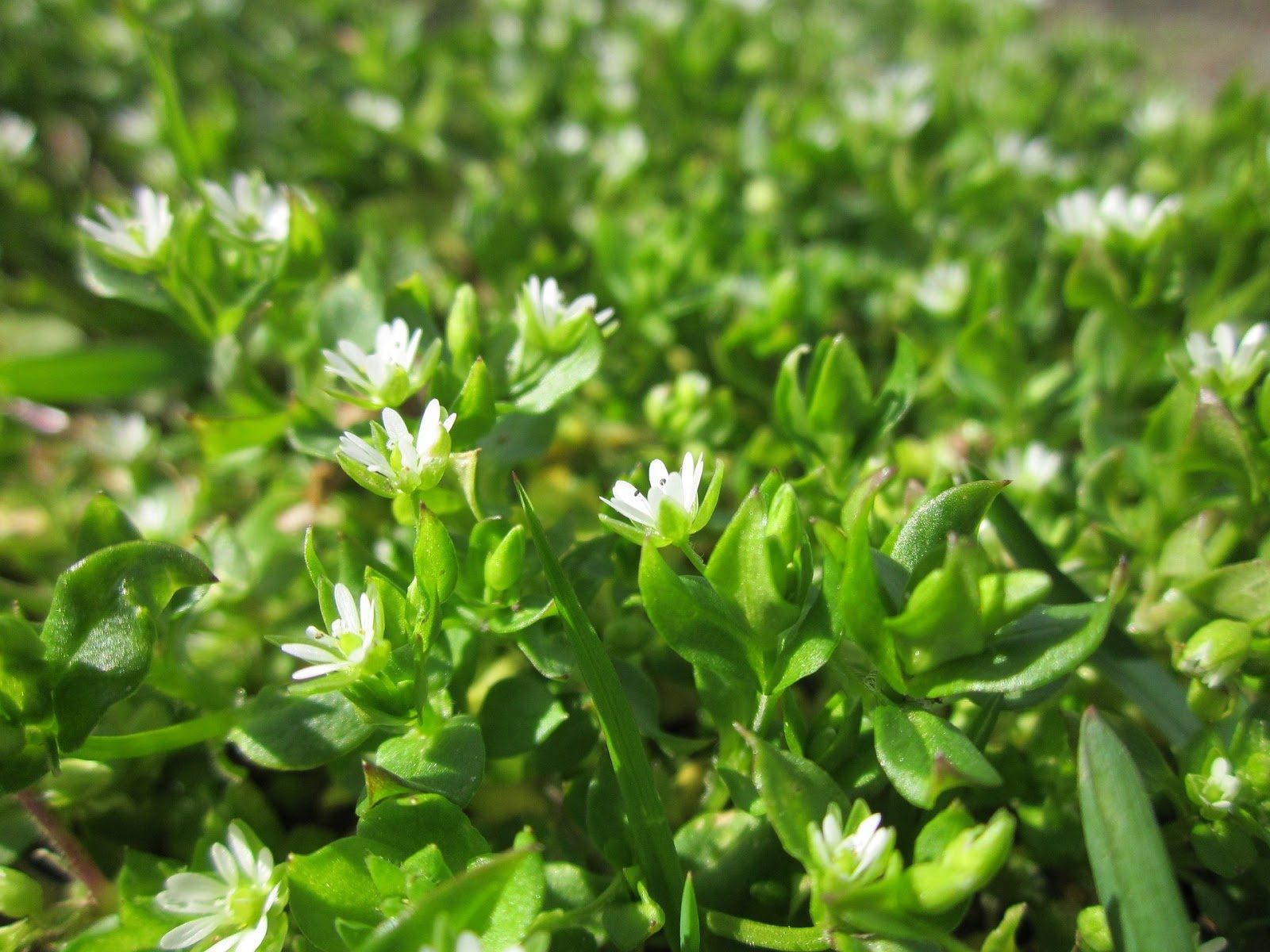
Chickweed, as the name suggests, is great for chickens. But it isn’t only hens that enjoy this delicate and pretty plant; it can also be a delicious foraged salad crop for human beings. Best foraged when young, in the spring, the leaves, stems, and small white flowers can all be eaten. With its crisp texture and mild taste, not dissimilar to gem lettuces, chickweed can add variety to seasonal salads.
Fat Hen/Lamb’s Quarters (Chenopodium album)
Going by many different names, Chenopodium album is another common weed considered good fodder for chickens and other livestock – but it can also be great for humans, for example in Northern India, where it is cultivated as food. While it should be eaten in moderation due to high levels of oxalic acid, the leaves and young shoots can be used as an occasional leaf vegetable, either steamed or cooked in the same way as spinach. The seeds of these plants (a close relative to quinoa) can also be eaten, and are high in protein, vitamins, and minerals.
Good King Henry (Chenopodium bonus-henricus)
Another Chenopodium, Good King Henry, is also a useful foraged green. A perennial vegetable, once widely eaten in Europe, it is now all too often considered a common weed. However, though high in saponins and so best eaten only in moderation, its young leaves, foraged in spring and summer, make an excellent pot herb or spinach substitute. What’s more, the young flowering shoots can be used as a poor man’s asparagus’ when peeled and cooked in the same way. The seed can be rinsed, ground, and mixed with flour for use in breads and other baking.
Purslane (Portulaca oleracea)
The leaves and stems of this succulent plant, which often spreads as a weed through gardens, waste ground, roadside verges, or by the sea, can be eaten raw or cooked. Young leaves are tasty in salads, while older ones can be used as a pot herb. The plant’s gelatinous structure means that it can also be used as a substitute for okra in thickening soups and stews.
Lawn Daisies
You may be surprised to learn that daisies are good for more than just making daisy chains. These sunny little flowers are common in lawns across the UK, so consider harvesting the little flower heads and petals for use in sandwiches, soups, and salads, to add a bitter flavour. Flower buds can also be used in place of capers.
Red Clover
Pop a few flower heads and leaves from this lawn staple into your salads for a bit of variety and some healthy micro-nutrients. The tastiest flowers are those of red clover, though white clover flowers can also be eaten in moderation.
Wild Garlic/Ramsons
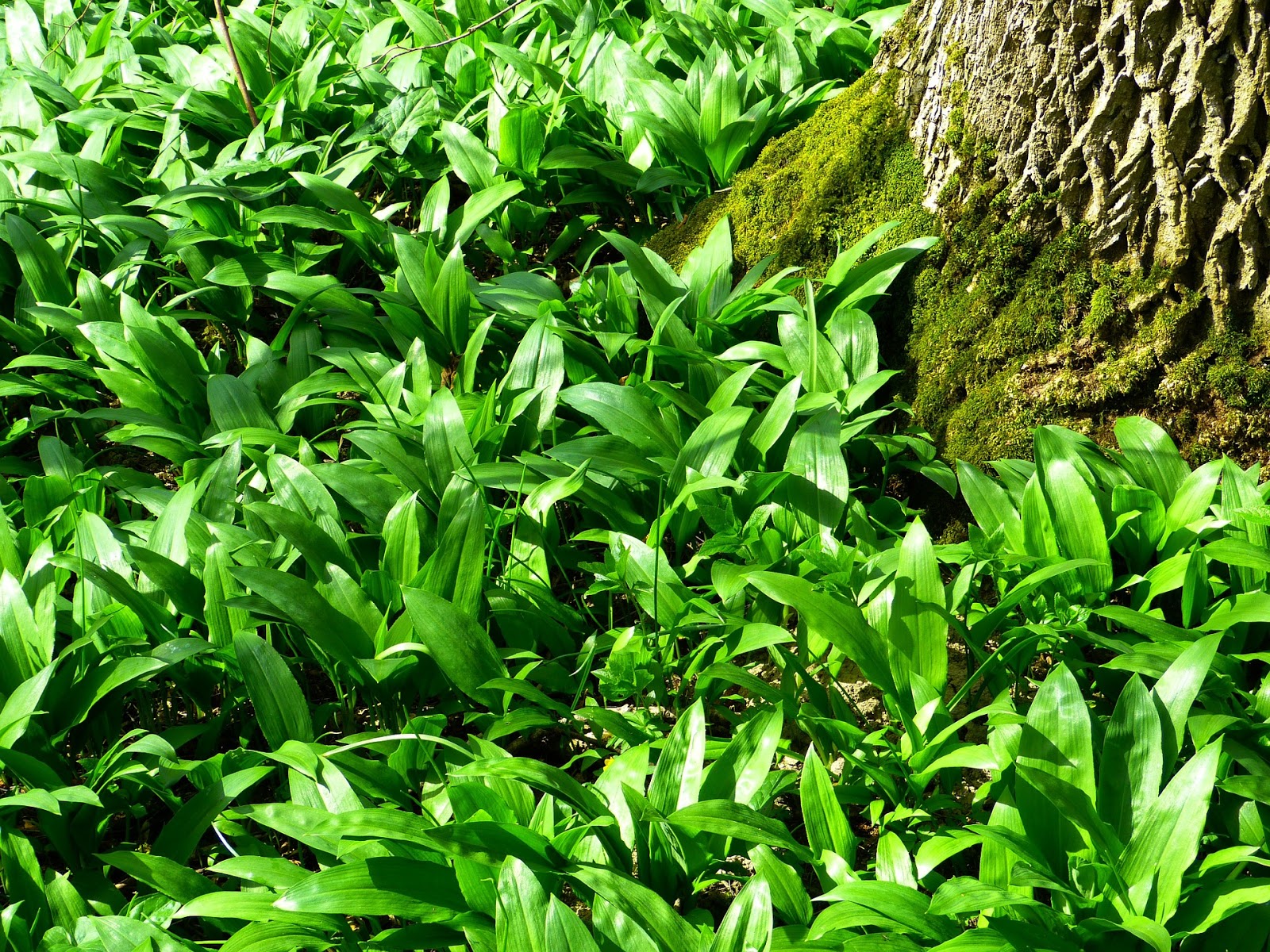
Often found growing wild in damp woodland and among shaded hedgerows, wild garlic is a native bulb similar to cultivated garlic. Leave the bulbs in the ground, but harvest the leaves and flowers for a mild garlic flavour that can be used in a variety of ways: eat them raw in sandwiches or salads, make a pesto, or chop them up and add them to a range of cooked recipes.
Of course, there are plenty more weeds and wild herbaceous plants that can be foraged; as you begin to identify more plants, your foraging repertoire can expand considerably.
Trees with Edible Leaves
You may be surprised to learn that a number of common trees have edible leaves. The best time to harvest and eat leaves from trees is in the spring, when they first begin to unfurl.
Beech
Young beech leaves have a very smooth and tender texture and make a surprisingly tasty spring salad green. Since beech is a common woodland tree, and also frequently used in hedgerows, it can be easy to find an abundant source. Young leaves, eaten raw, have a slightly lemony taste resembling sorrel.
Linden
Linden trees have heart-shaped leaves that also taste great when eaten young, with a delightful crispness similar to iceberg lettuce when used in a salad – but with far greater nutritional value. The leaves can also be dried and ground into a flour for use in a range of recipes.
Birch
Birch leaves can also be harvested and used in salads early in the spring. They have a hint of bitterness, akin to radicchio, so are best used in combination with other, milder leaves. The leaves can also be dried and used alongside other herbs to make a healthy herbal tea.
Hawthorn
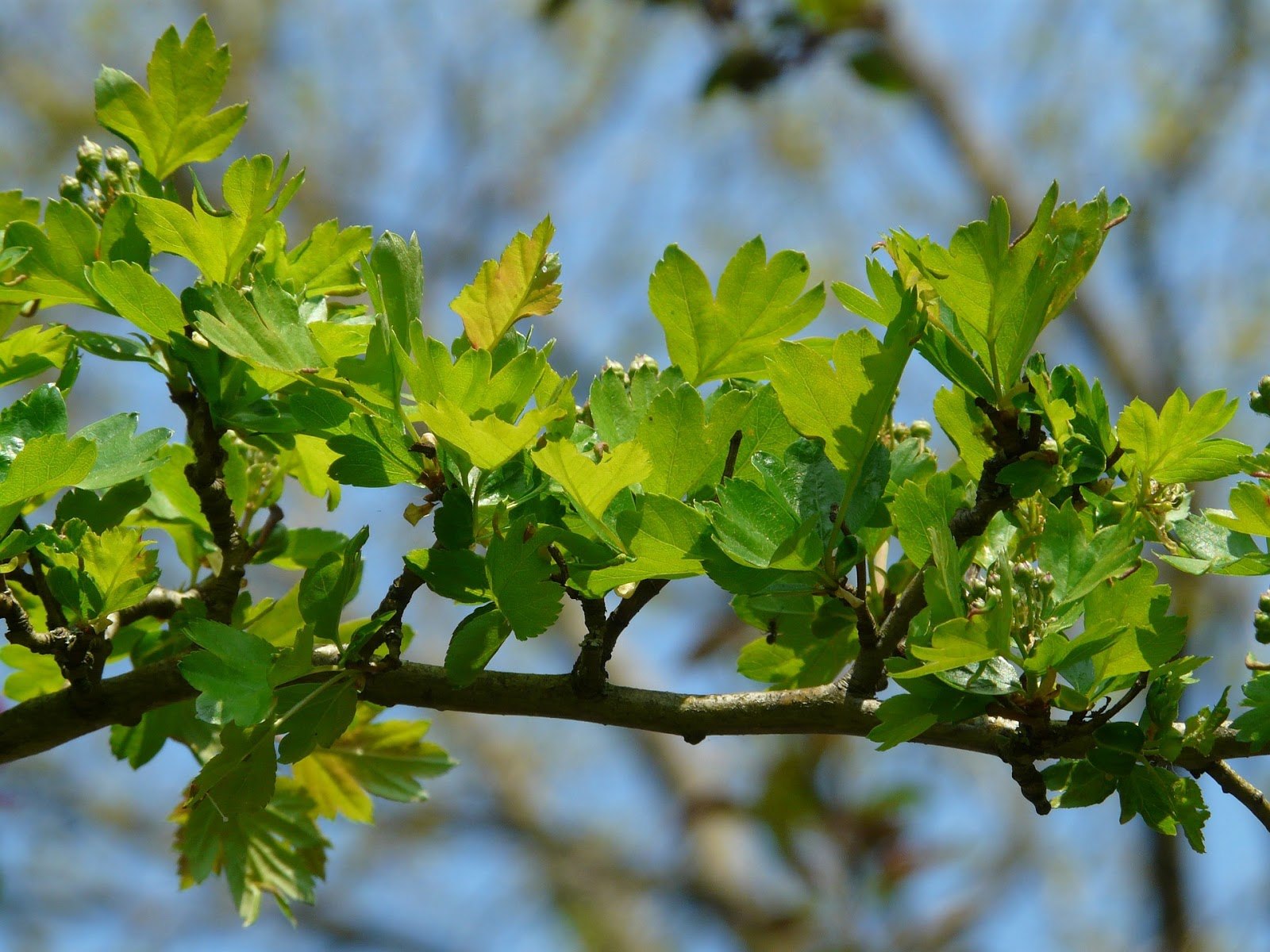
Hawthorn offers one of the tastiest spring greens; young leaves can even be eaten straight from the tree. In some areas, the tree is referred to as ‘bread and cheese’ – not because of its flavour, but because it can provide a hedgerow snack, straight from the branch. The leaves are at their best before the flowers or berries appear, and, with their rich, nutty taste, are great for enlivening salads.
Mulberry
Mulberry are incredibly useful trees: not only do they produce an edible crop of berries later in the year, they also provide leaves that can be eaten. These must be cooked before consumption: boil them and discard the water, or stuff them in the same way that you might stuff vine leaves.
Needles: Spruce, Pine, and Fir
All spruce, pine, and fir trees have needles that can be foraged and simmered in water to make a tea very high in vitamin C.
Note, however, that yew, which looks similar, is poisonous, and can kill if ingested. If you plan to forage needles, be absolutely certain that you have identified the tree correctly.
In springtime, the fresh tips of spruce can also be dipped in honey and eaten, or steeped in apple cider vinegar to create a taste similar to balsamic vinegar.
Foraging on the Coast
Foraging along a coastline opens up a further range of possibilities for wild edibles, including coastal plants, both on the shore and in the water, and a wide range of molluscs and crustaceans.
Marsh Samphire
One of the best known and most highly regarded coastal forage plants, marsh samphire is not a single species but rather a whole genus, which is delicious raw or steamed, especially with fish. As it grows in tidal marsh flats, it is important to take care when looking for it; always be aware of tide timings and conditions. 👀
Sea Purslane
Sea purslane is found in abundance in salt marshes along the southern coastlines, and is creeping ever further north. Naturally very salty and tender, it is best served raw or lightly steamed as a garnish for fish dishes. Do not steam for too long, as it can become bitter.
Sea Beet
This wild ancestor of beetroot, sugarbeet, and chard is very common around our coastlines, and can be found on upper beaches, coastal defences, and on waste ground adjacent to the coast. This is a plant that can be foraged all year round – but it may be sub-par in January and February; young leaves are at their best in the spring. Carefully cut a few leaves without uprooting the plant, and use them like spinach or chard in various recipes.
Sea Kale
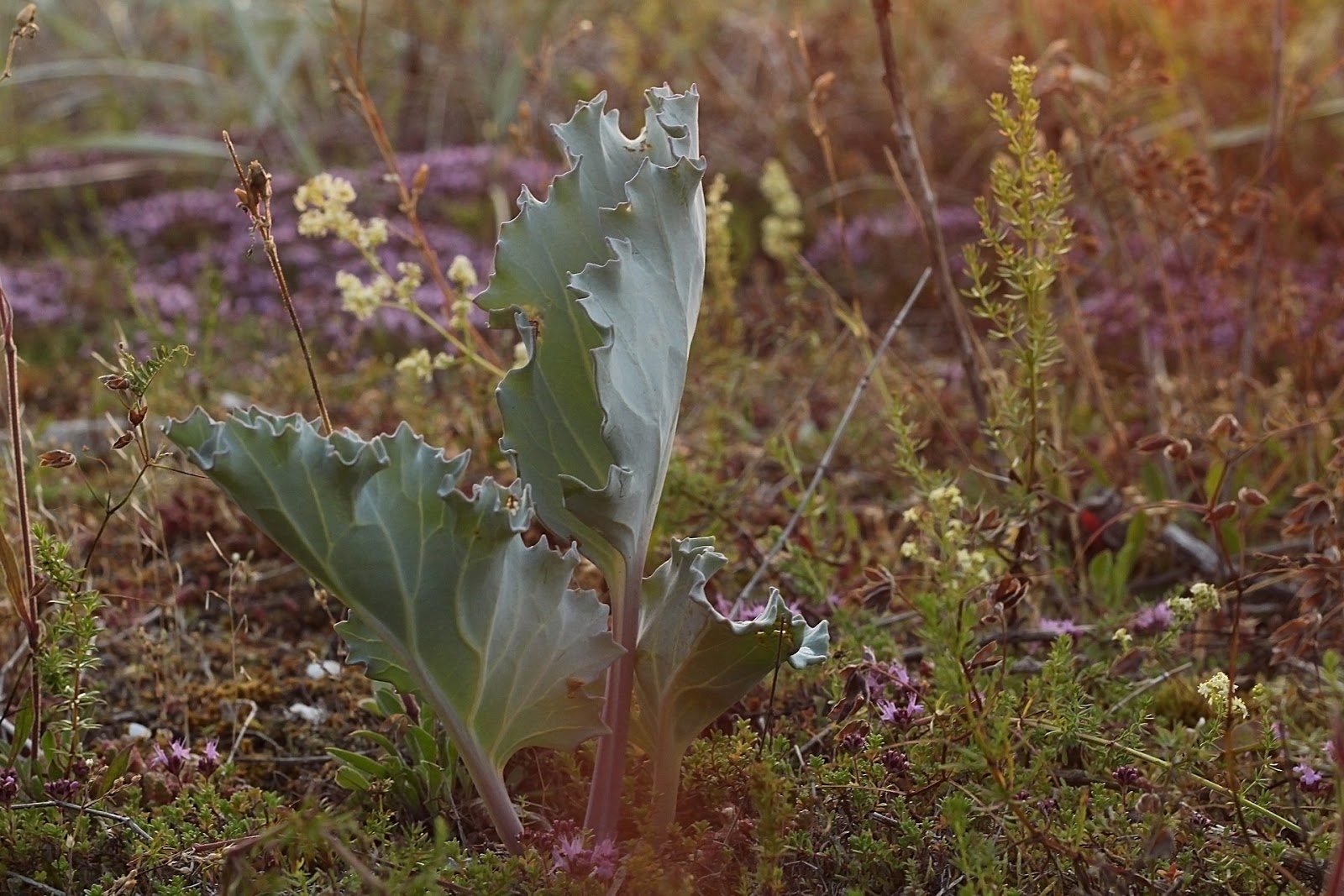
Sadly, sea kale is far more rare around our coastlines than it once was, largely due to the Victorians’ penchant for transplanting it into ornamental gardens. However, if you are lucky enough to come across a large stand, on a coarse sand or shingle beach, taking a few portions of a plant will do little harm. One of the most versatile and delicious forageable plants along our seashores, it provides young shoots in spring, flower heads (like sprouting broccoli) in summer, and mature leaves that can be used like kale.
Seaweeds
One of the most abundant wild coastal foods, all seaweeds easily foraged from the UK shoreline are edible – and some are not only delicious, but also excellent sources of nutrition.
Dulse is one of the most versatile and tasty seaweeds to forage. Gutweed and sea lettuce are great dried and crushed for sprinkling over dishes. Kelp is generally tough to eat, but makes great stock – and can be deep-fried to make crunchy and salty kelp crisps.
👉 Technically, you need the permission of the landowner to take seaweed. In general, however, most landowners won’t mind if you harvest small quantities for personal consumption, but ensure there are no sewage outlets nearby, or algal blooms. Gather fresh seaweed that is still attached and growing, and, so it can continue to grow, take care not to detach the whole plant, and only cut off a little with scissors or a knife.
Only take seaweeds that are plentiful in the area, and make sure to avoid trampling or detaching other species. Harvesting in spring and summer (the period of active growth) is more sustainable as the seaweed’s recovery will be quicker at these times. 🐟
Molluscs
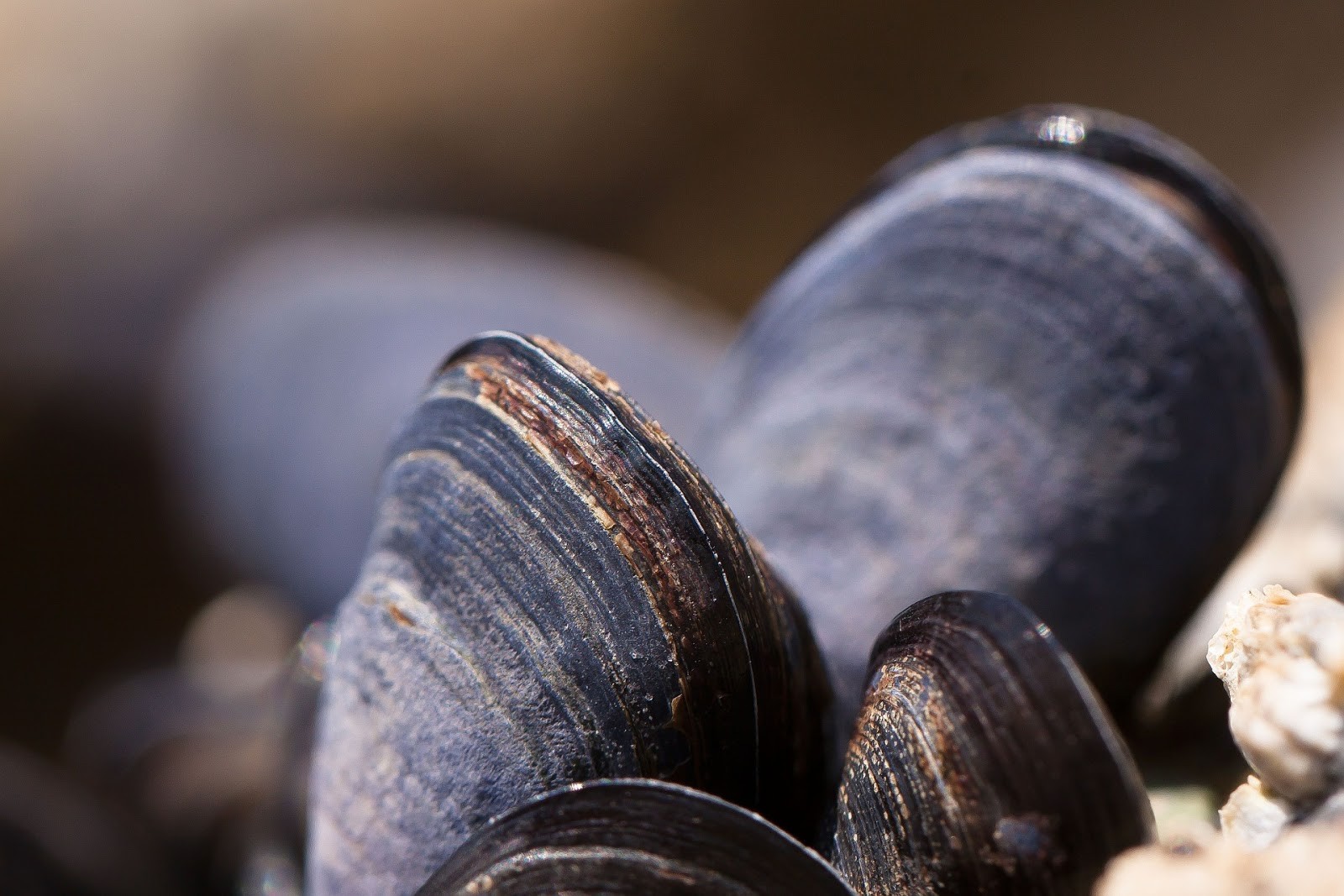
Generally speaking, you have the right to harvest small quantities of shellfish or molluscs from the seashore. However, there are laws in some areas which cover how many you can take and when, so it is a good idea to check in advance. ✔️
Mussels and periwinkles are abundant and easy to harvest from rocks. Collecting only during months with an ‘R’ in them is sometimes recommended, since algal or bacterial toxins are less likely to be a problem at these times, but always cook foraged shellfish, by steaming or boiling, to kill off any nasties. You may also be able to rake for cockles, or look for razor clams’ holes and pour salt over them to retrieve these from where they live below the sand.
👉 Take care not to forage for any rare or endangered species and be conscious of the need to ensure the continued abundance of the population.
Crustaceans
In certain areas, you may also be able to forage for particular crabs, lobsters, and prawns. Only take home what you actually need, and not more than you can eat. Check all relevant laws, and ensure you follow any ‘minimum size’ requirements, throwing back any that are too small. Keep your catch in cool salt water, then dispatch humanely (not by boiling alive!) and eat as soon as possible.
Foraging for Fruits and Berries
Hedgerow fruits and berries are perhaps the most easily forageable foods, since many are extremely easy to identify, and can be found in abundance. Of course, taking a few fruits and berries (taking care not to strip trees or shrubs entirely) will not affect the plants or stop them from producing again in future. Some common and relatively easy-to-identify wild fruits and berries include:
- Crab apples
- Wild plums
- Wild cherries
- Sloe
- Bullaces
- Greengages
- Rose hips
- Haws
- Blackberries 👇
- Wild raspberries
- Wild strawberries
- Bilberries/blaeberries
- Elderberries
- Rowan berries
- Oregon grapes
- Barberries
- Serviceberries
- Goumi/autumn olive (from the Elaeagnus species)
- Sea buckthorn berries
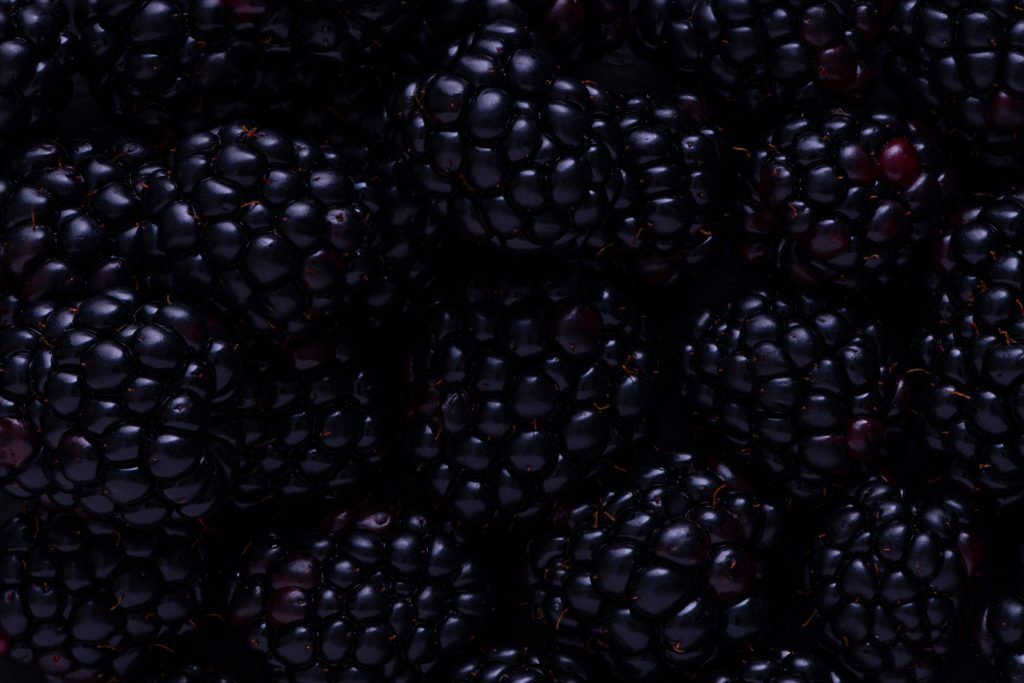
Though hedgerow fruits and berries can sometimes be eaten straight from the plant – for example, blackberries, wild raspberries, and wild strawberries – many are best cooked; consider preserving your hedgerow harvest as jams, jellies, or other preserves, or sweeten them with sugar or honey in a range of delicious dessert recipes.
In addition to looking out for hedgerow fruits and berries, also consider foraging nuts and seeds, such as:
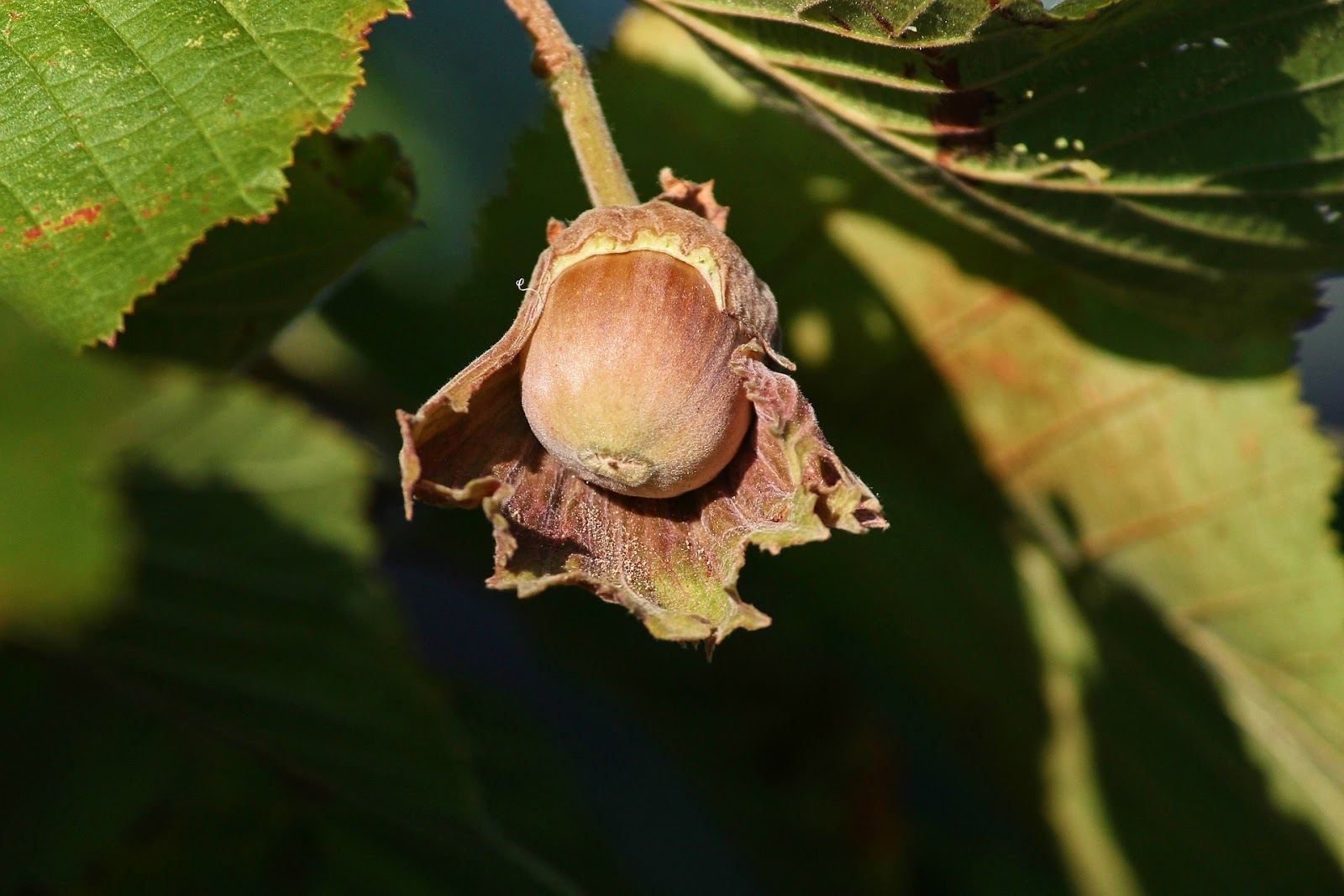
- Hazel nuts ☝️
- Beech masts
- Acorns (too bitter to eat but can be ground to make flour).
- Sweet chestnut (not to be confused with the non-edible horse chestnut or conker).
- Pine nuts (all pines have edible nuts, though some are better to harvest and eat than others).
Be vigilant and act quickly when nuts are ready, otherwise wildlife may beat you to the harvest!
Foraging for Fungi
A final significant area of forageables is fungi. This is the most challenging sort of foraging, primarily due to the difficulties of identifying the varieties that can be eaten. While there are a number of edible (and tasty) mushrooms, a great many could do you harm, or even kill you if ingested. And, to make matters worse, edible and non-edible species can often look almost identical!
👉 Therefore, it is essential to only consider foraging for fungi after learning about the different species you might encounter. Consider taking a foraging course, or heading out to harvest mushrooms with an experienced guide rather than going it alone.
If you do decide to forage for mushrooms, some of the easiest and safest mushrooms for beginners to identify are:
- Giant puffballs
- Penny buns/Porcini/Ceps
- Oyster mushrooms
- Hedgehog fungus
- Wood ears
- Scarlet elf caps
- Cauliflower fungus
- Field blewits
There is a lot to learn about foraging, but it is easy to get started finding food for free. Why not begin by simply taking a stroll through your neighbourhood; even in the heart of a city, you might be amazed by how much food you see.
Featured image by FOODISM360 on Unsplash
Earth.fm is a completely free streaming service of 1000+ nature sounds from around the world, offering natural soundscapes and guided meditations for people who wish to listen to nature, relax, and become more connected. Launched in 2022, Earth.fm is a non-profit and a 1% for the Planet Environmental Partner.
Check out our recordings of nature ambience from sound recordists and artists spanning the globe, our thematic playlists of immersive soundscapes and our Wind Is the Original Radio podcast.
You can join the Earth.fm family by signing up for our newsletter of weekly inspiration for your precious ears, or become a member to enjoy the extra Earth.fm features and goodies and support us on our mission.
Subscription fees contribute to growing our library of authentic nature sounds, research into topics like noise pollution and the connection between nature and mental wellbeing, as well as funding grants that support emerging nature sound recordists from underprivileged communities.
